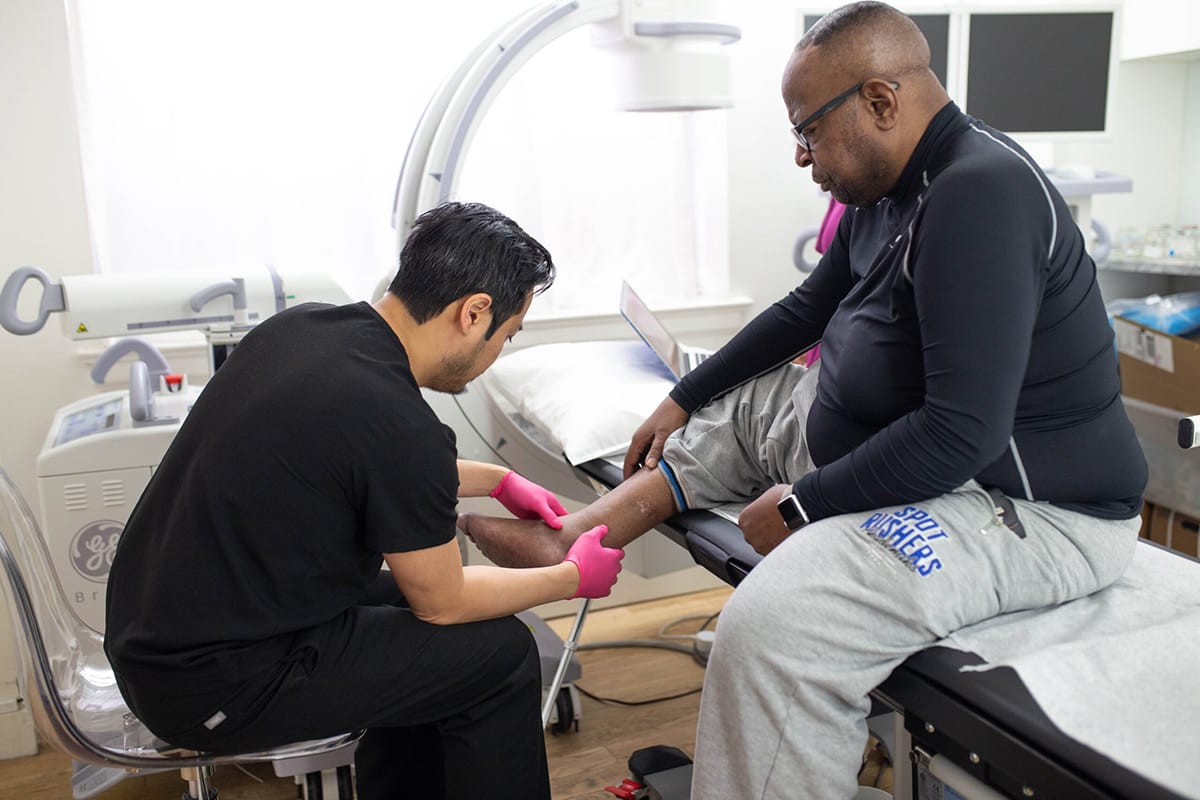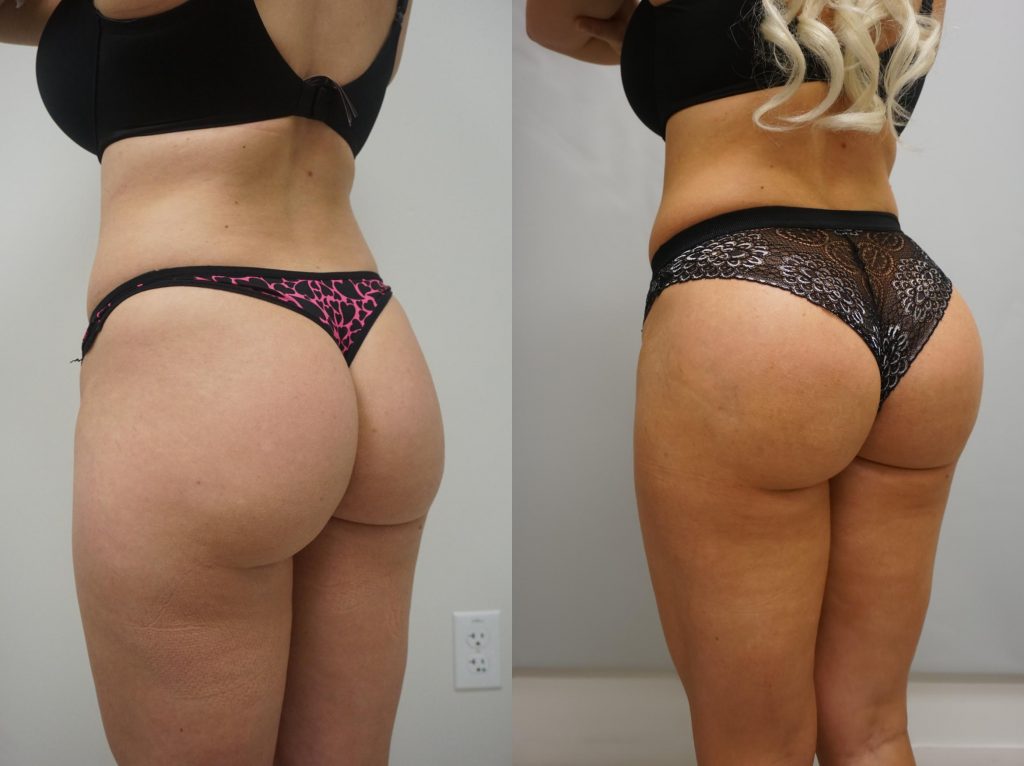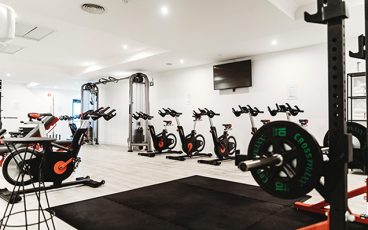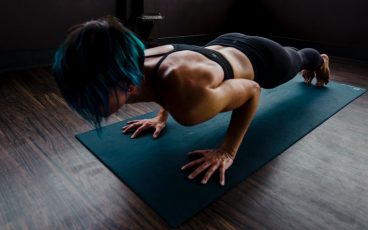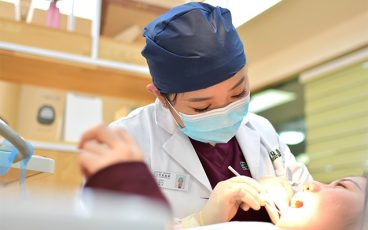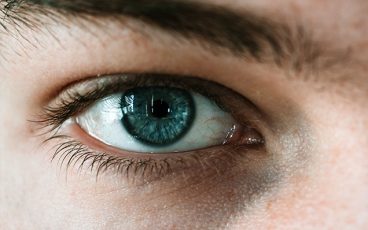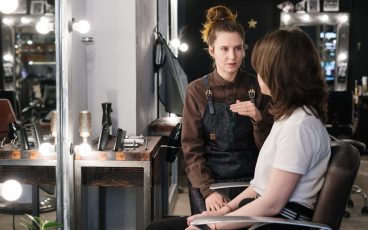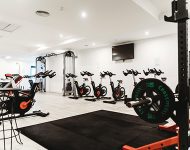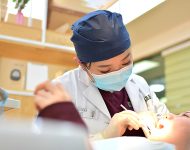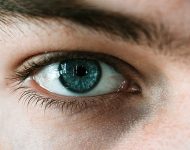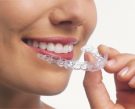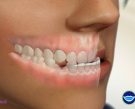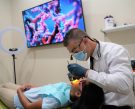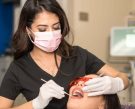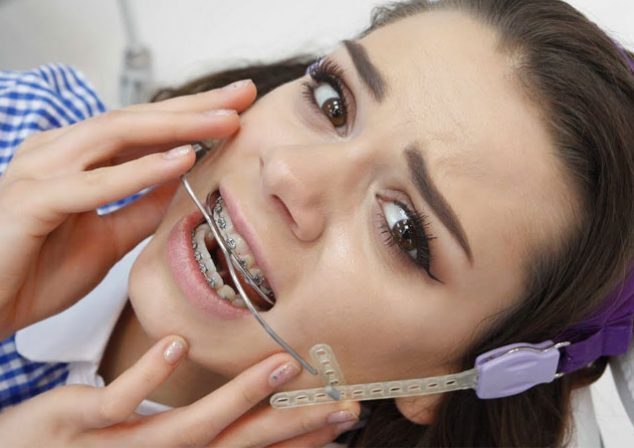
An orthodontic appliance that is used to correct bite and support proper jaw alignment and growth is referred to as Headgear. This appliance is typically recommended for children whose jawbones are still in the growing stage. There are various types of headgears available. It is worn partially outside of the mouth, unlike braces.
If the bite of your child is severely out of alignment then the best orthodontist may recommend headgear. The condition of an unaligned bite is called malocclusion. The upper and lower teeth don’t fit together the way they should in this condition. Majorly there are three classes of malocclusion. To correct Class II and Class III misalignment, headgear is used. Headgear is also used in correcting the overcrowding of teeth.
What are the types of headgear?
There are mainly three types of headgears available:
- Cervical pull- To correct a malocclusion called an overjet a cervical pull is utilized. This overjet is categorized by a maxilla (protruding top jaw) and front teeth. The other name of these is buck teeth.
This is also used to correct an overbite. In this condition, misalignment occurs between the top and bottom teeth which causes the top teeth to jut out. This headgear uses straps that wrap behind the cervical vertebrae and neck. Inside the mouth, it is attached to braces.
- High Pull- This type of headgear is also used to correct an overbite or overjet. In this headgear, straps are attached from the upper jaw to the top and back of the head. In children, high pull headgear is mostly used. Because their teeth have an open bite categorized by no contact between their top and bottom front teeth. It is also used for children who have excessive jaw growth in the back of the mouth.
- Reverse pull(facemask)- To correct an underdeveloped upper jaw or an underbite this type of headgear is used. If a jutting lower tooth extends past the upper teeth then it is categorized as underbite. On the top teeth, reverse pull headgear often uses rubber bands that attach to braces.
How do you use headgear?
When using headgear it’s important to follow your orthodontist’s instructions:
One of the most important elements is the amount of time required to wear it for successful headgear use. From 12 to 14 hours daily or longer, this can range anywhere.
Children may balk at wearing headgear outside or to school it’s totally understandable. As soon as school is over, many pediatric orthodontists recommend putting headgear on and wearing it through nighttime until the next day.
The faster it will do its job if your child wears his\her headgear more. Some progress made by wearing headgear can be undone if it’s left off for as little as one day, unfortunately.
Why you need headgear?
According to orthodontic experts, correcting the profile and can enhance facial aesthetics. Of course, it can also improve the appearance of your child’s smile. It works by exerting force on the upper or lower jaw. To eliminate overcrowding or overlapping teeth, it can also create space between teeth. It can help your child avoid corrective jaw surgery later in life.
0 Comments 2178 Views
YOU MAY ALSO LIKE
share
About me
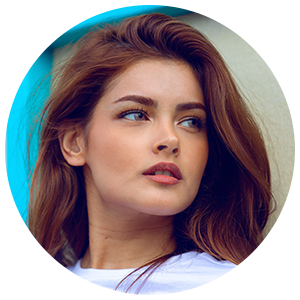
Health And Healthy Tips is Free health blog, If you wish to be part of this blog and want to conribute contents which are interesting for our readers, please contact us.
CATEGORY
- Beauty (19)
- BUSINESS (3)
- Dental Care (186)
- Eye Care (12)
- Fitness (23)
- Healthy Life (179)
- Men's (10)
- Women's (12)




